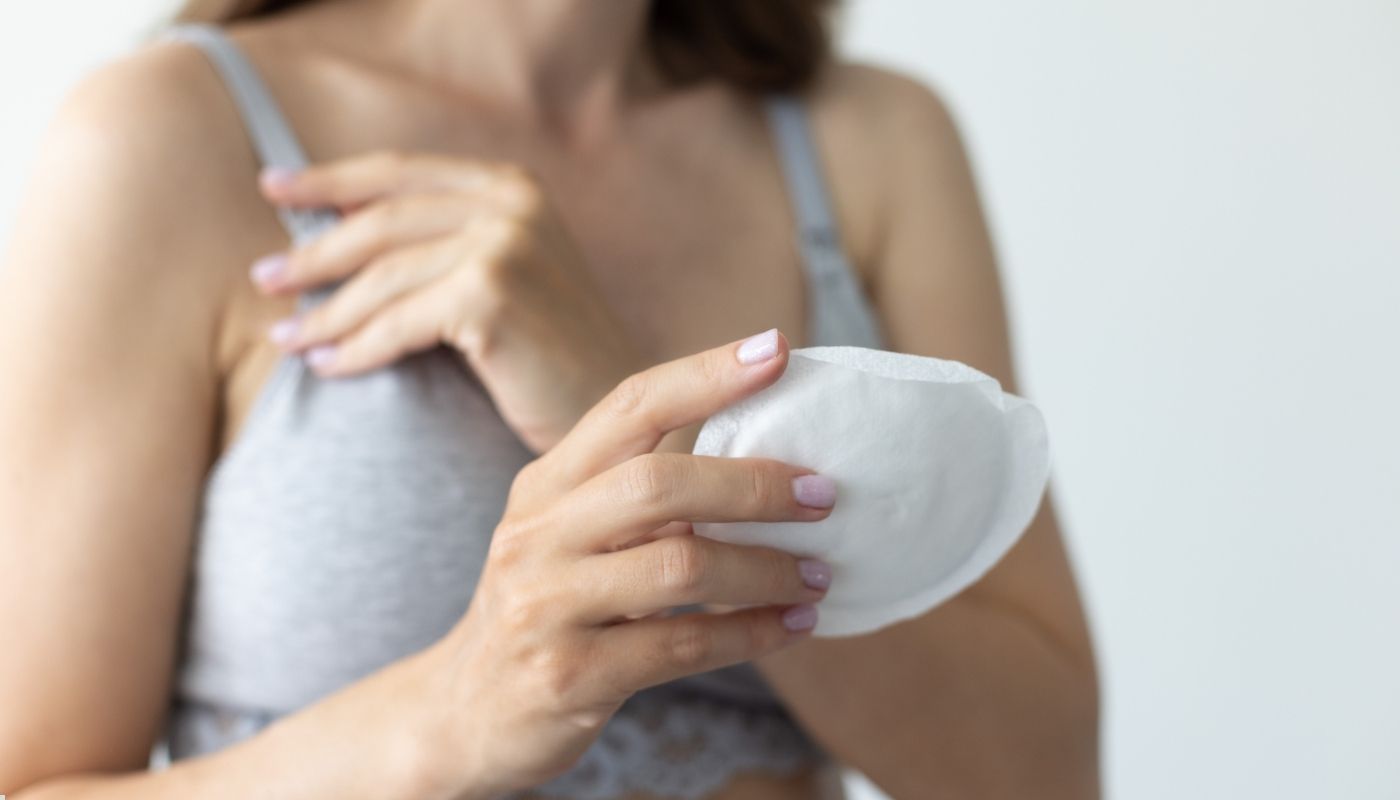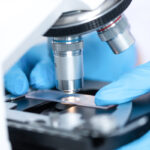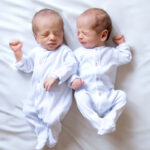Breast Care During Pregnancy in 4 Questions

1- How should breast care be done during pregnancy?
In the last stages of pregnancy, the mammary glands start to work actively and white or yellow milk called colostrum comes from the nipple. This does not pose any health risks for the mother-to-be. Colostrum on the nipple can be cleaned with a warm, soapy cloth. However, if there is a lot of milk that causes discomfort during the day, breast pads can be useful. It is recommended to change bras, especially after the second half of pregnancy. It is important to use cotton underwear that supports the breast from the bottom and does not squeeze too much.
2- What should be done to care for breasts during pregnancy?
- To prevent cracks on your breasts, you should take a shower in warm water. After taking a shower, massaging your breasts with a moisturizing cream will also have an effect.
- In order to prevent sagging that may occur in the breasts and to minimize this sagging, the breasts should be washed with cold water twice a day during pregnancy. This will keep the breasts firm and prevent them from sagging after breastfeeding.
- You should not neglect to take care of your breasts before your baby is born. In this way, your baby will drink milk from clean and healthy breasts.
- First of all, the breasts should be cleaned properly every day with care creams and oils suitable for expectant mothers and the necessary care should be carried out.
This care should be continued regularly before and after your baby is born.
3- How should breast care be after birth?
- The more the mother breastfeeds her baby after birth, the more cracks that will appear will be prevented. The reason for this is that as milk is stored in the milk ducts in the breast, the elasticity of the breast deteriorates and cracks form.
- The mother should be as relaxed and calm as possible every time she breastfeeds her baby. Because when the mother gets stressed, tension occurs in the breasts. This prevents the increase in milk. It also causes the nipples to grow and become injured.
- In order for the breasts to be healthy, the area around the breasts should be wiped with a wet and clean cheesecloth before and after each breastfeeding.
- The cracks that appear at the tips of the mother’s breasts can cause pain to the mother during each breastfeeding process. At the same time, if these cracks turn into open wounds, it indicates the possibility of an infection complication in the future. Infection is a condition that poses a risk for both the mother and the baby. Another reason why the baby gets thrush is these infections. However, of course, it is not a permanent condition. If the breast is not touched with hands and the baby is well cared for, it will disappear in the shortest time.
- If sores appear on the mother’s nipples, it may also indicate that the mother is not breastfeeding her baby as she should. If the mother gives her nipple to the baby while breastfeeding and the brown area is not removed, the nipples may be sore.
4- What is milk fever?
Cracked nipples are not always dangerous. Easily contagious infections can be transmitted to the mother much more easily through these wounds and cracks.
In order to minimize the risk of infection and prevent it from being transmitted to the baby, the baby should not suckle from the mother’s breasts until the wound or crack heals. In this case, the milk in the breasts should be expressed with a pump and then given to the baby with a bottle.
Due to the side effects of these cracks that occur in the mother, the mother may experience fever. This fever is a condition that should not be ignored and a doctor should be consulted immediately. If the breasts swell, there is a burning sensation and it causes unbearable pain, and if the mother also has a fever, it can be determined that there is milk fever. Milk fever is not a permanent disease. If you see a doctor as soon as possible, your doctor will give you the necessary treatment.ların yanı sıra aynı zamanda annenin ateşinin de olması durumunda, süt ateşinin var olduğu tespit edilebilir. Süt ateşi, kalıcı bir hastalık değildir. En kısa zamanda doktora gitmeniz halinde, gerekli olan tedaviyi doktorunuz size verecektir.






